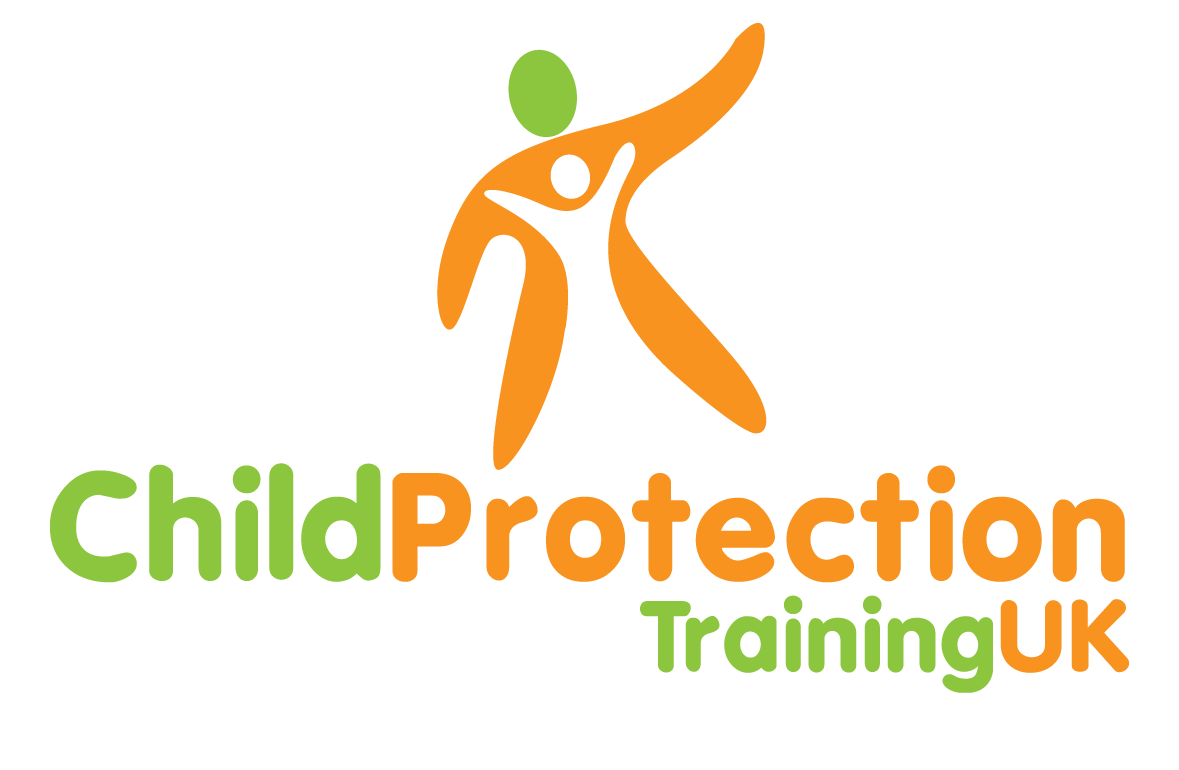| Systematic review of models of analysing significant harm. |
| Summary: Identifies, appraises and evaluates available tools for measuring the likelihood of significant harm to children. Includes a brief summary of the advantages and disadvantages of each tool including: the Children’s Research Centre – Structured Decision-Making System; Comprehensive Assessment Tool (CAT); Victorian Risk Framework (VRF); Graded Care Profile (GCP); Signs of Safety (SoS); and Resilience Matrix (RM). Features recommendations on the potential for implementing such tools in England and identifies areas in need of further research. |
| Publication details: [London]: Department for Education (DfE), 2012 pp 101 |
| ISBN: 9781781050873 |
| Shelf mark: |
| Authors: Barlow, Jane, and Fisher, Joanne D., and Jones, David |
Systematic review of models of analysing significant harm.
Reply

